Clothes
How to Pack Smart for a Golf Holiday
Explore 33,000+ golf courses in 180 countries.
Follow the latest news and trends in golf.
Connect with like-minded golfers.
Find everything you need for your golf equipment and gear needs.
Travel, golf resorts, lifestyle, gear, tour highlights and technology.
All Square
Suggestions
Clothes
How to Pack Smart for a Golf Holiday
Course Reviews
Weekend Golf Escapes by Car from Luxembourg
Course Reviews
Best Clubhouse Restaurants in Europe
Course Reviews
Your Top Destinations For a Last-Minute Christmas Golf Getaway in Europe
Clubs
Hideki Matsuyama WITB Behind His 2025 Hero World Challenge Victory
Amateur Golf
Europe’s Best Pro-Am Golf Events for Amateurs
Course Reviews
Top 10 Par‑3s You’ll Never Forget
Course Reviews
The Architects Behind Europe’s Most Iconic Courses
Destinations
Europe’s Best Resorts for Couples
Contests
The Skins Game: Results & Overview
Community
Rewilding the Rough: Nature-First Golf Design
Course Reviews
The History Behind the Ryder Cup Courses
Abu Dhabi HSBC Championship
Aaron Rai’s Winning WITB at Abu Dhabi HSBC Championship
Course Reviews
The Best Golf Courses Near Pinehurst That Aren’t Pinehurst No. 2
Course Reviews
The Els Club Vilamoura: Golfing Grandeur in the Algarve
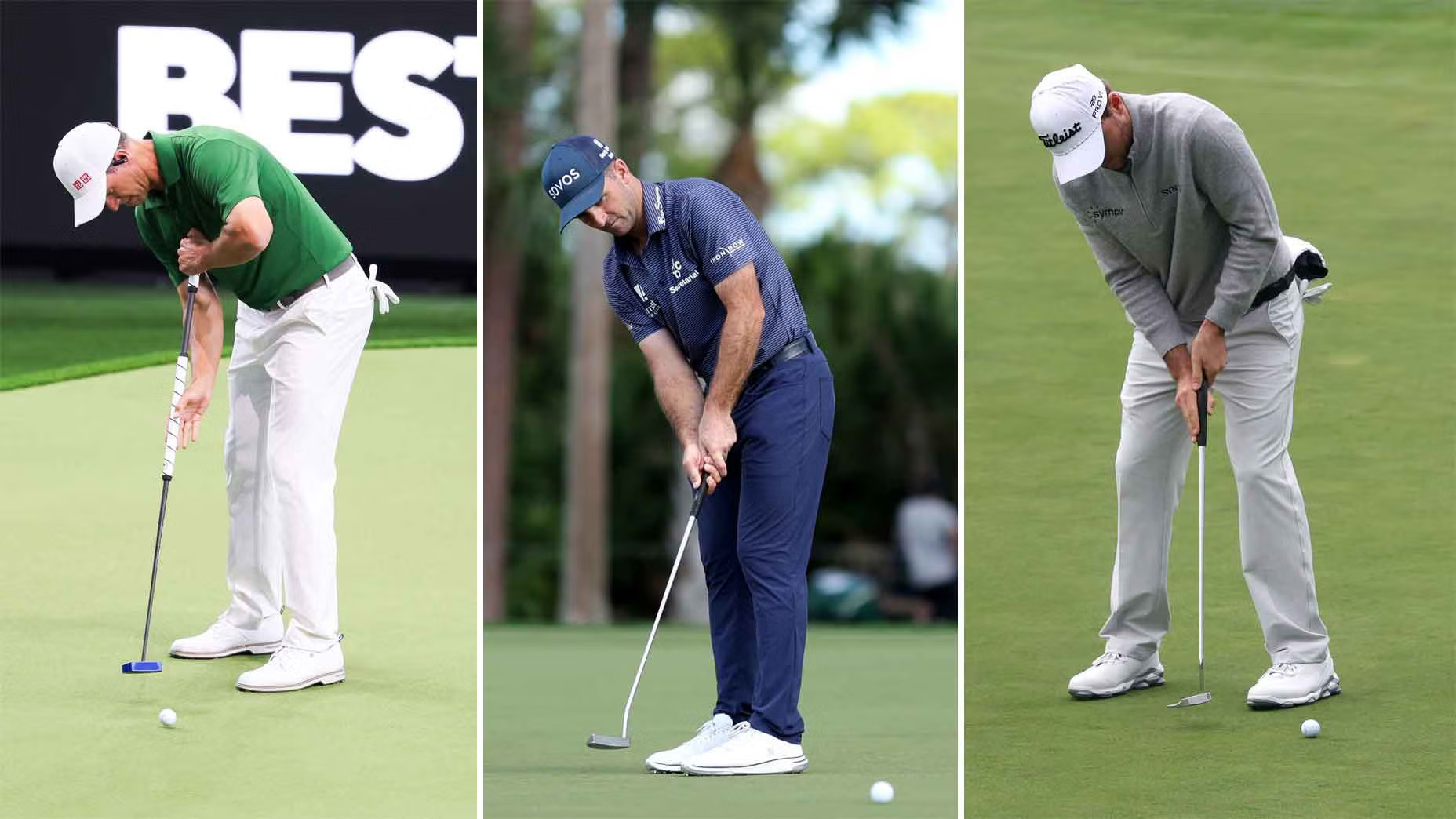
In golf, precision on the greens is the difference between sinking a clutch putt and watching the ball roll frustratingly past the hole. While countless factors contribute to a successful putt, one of the most overlooked yet critical elements is the way a golfer grips the putter. The grip influences stroke consistency, alignment, and even mental confidence. With numerous styles available, understanding different putter grips can help players refine their technique and optimise their performance.
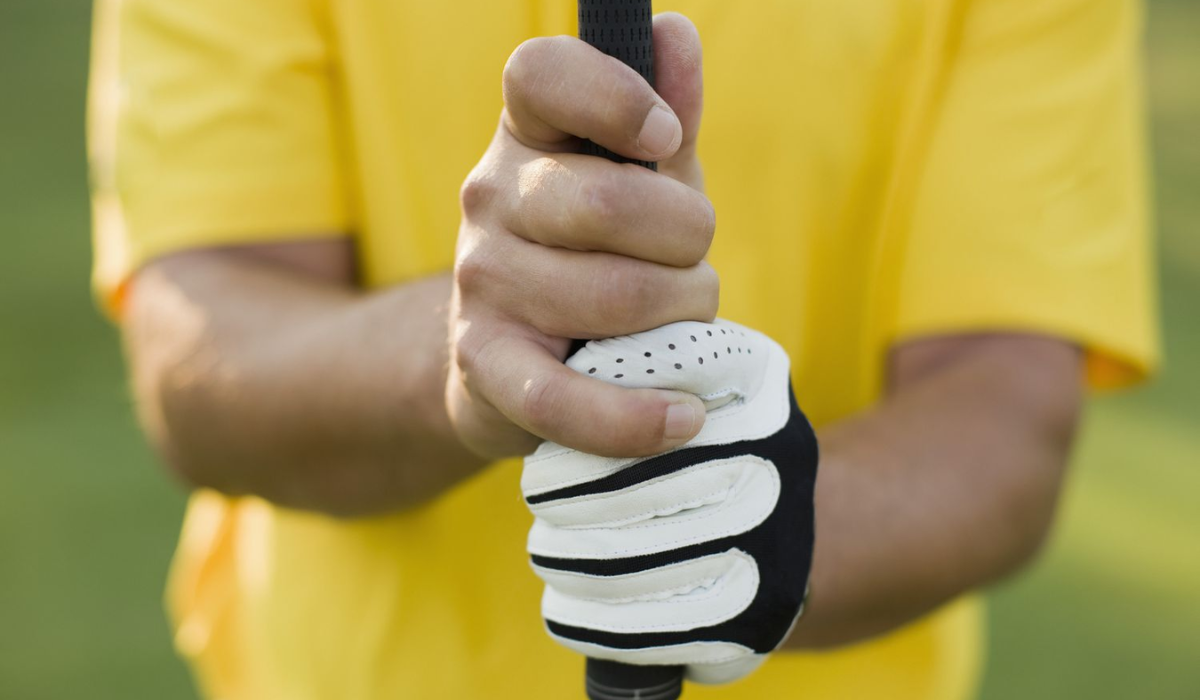
The art of putting has undergone significant changes over the years. Early golfers often employed traditional overlapping grips, similar to their full swings. However, as putting styles evolved, so too did the ways in which players held the club. Modern advancements in biomechanics and sports psychology have led to a wide array of putter grips designed to reduce wrist movement, promote stability, and enhance control.
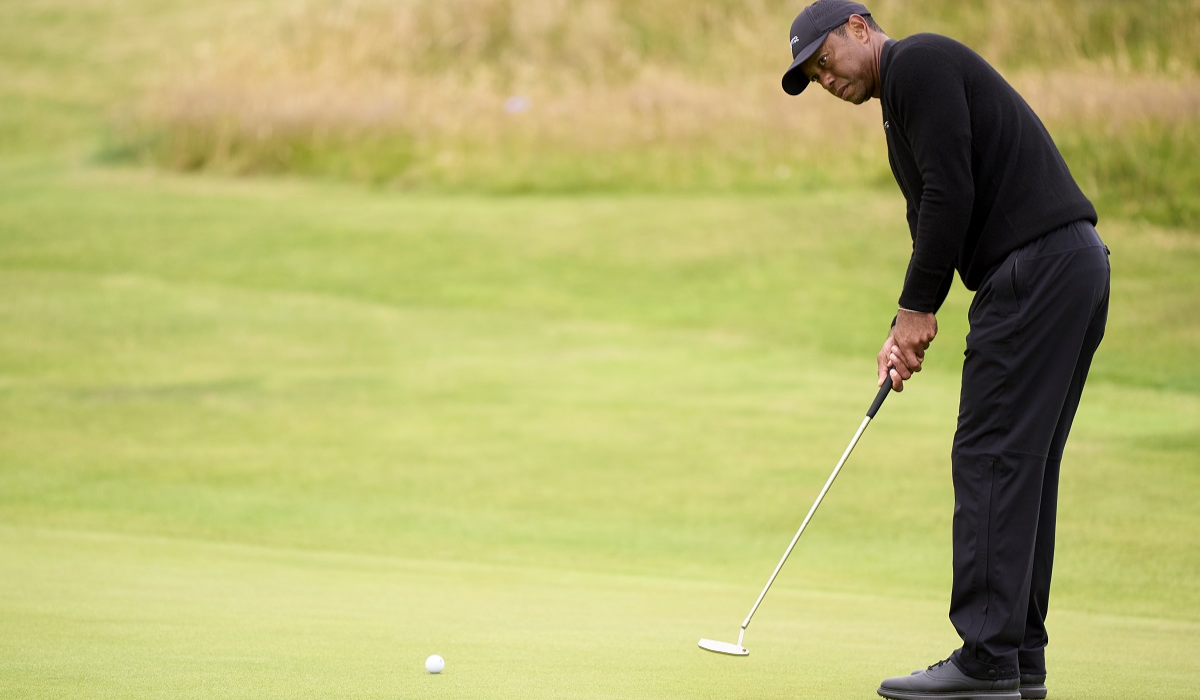
The conventional grip remains the most widely used in golf, often referred to as the “reverse overlap.” This method mirrors a standard golf grip but with the index finger of the lead hand resting over the fingers of the trailing hand. The reverse overlap provides stability while allowing for a natural, pendulum-like stroke. Golf legends such as Tiger Woods have successfully utilized this grip throughout their careers, making it a staple in the game.

One of the most popular alternatives to the conventional grip is the cross-handed, or left-hand-low, grip. This style involves placing the lead hand below the trail hand, effectively reducing wrist hinge and promoting a more controlled stroke. Many golfers, including major champions like Jordan Spieth, favour this grip because it encourages square impact and minimizes excessive hand movement.
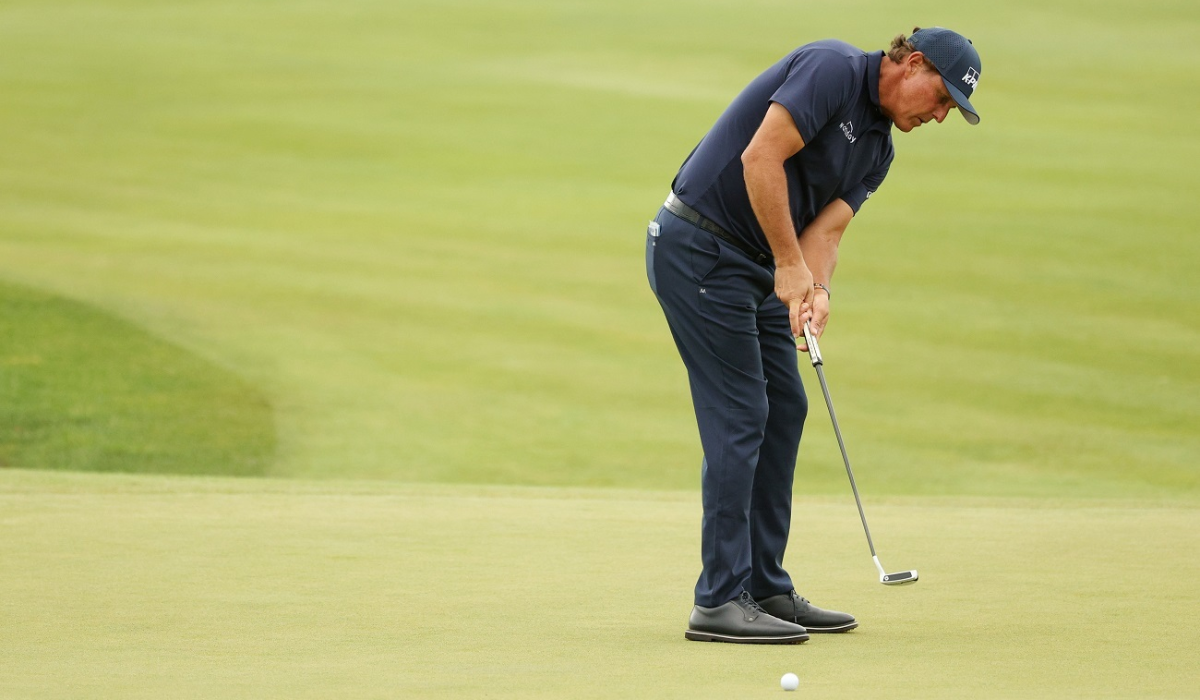
The claw grip, which gained prominence in the late 1990s, has become a go-to for players struggling with inconsistent putting. It involves placing the lead hand in a traditional position while the trailing hand adopts a claw-like hold on the grip. This reduces wrist action and fosters a more stable stroke. PGA Tour stars like Phil Mickelson have successfully implemented this technique, proving its effectiveness on the greens.
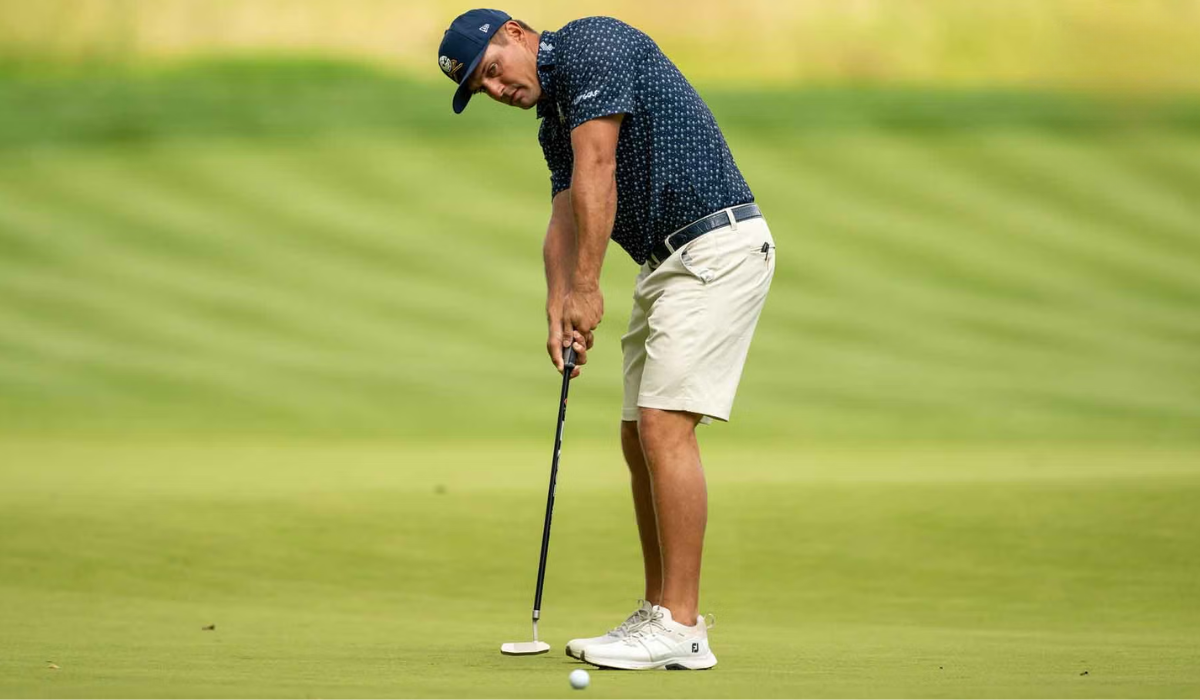
The arm-lock grip is an innovative style that has gained popularity in recent years, particularly among those looking for more consistency. It involves pressing the grip against the lead forearm to create a firm, locked-in position. This method minimizes hand and wrist movement, making the putting stroke more mechanical and repeatable. Players such as Bryson DeChambeau have championed this grip, demonstrating its potential to enhance stability and accuracy.

A lesser-known but highly effective technique, the pencil grip is primarily used by golfers who struggle with excessive hand action. This grip mimics the way one would hold a pencil, with the trail hand placed lightly on the club and the fingers positioned for maximum control. This unconventional approach has been particularly useful for golfers dealing with the dreaded “yips,” as it limits involuntary twitching and jerky motions.
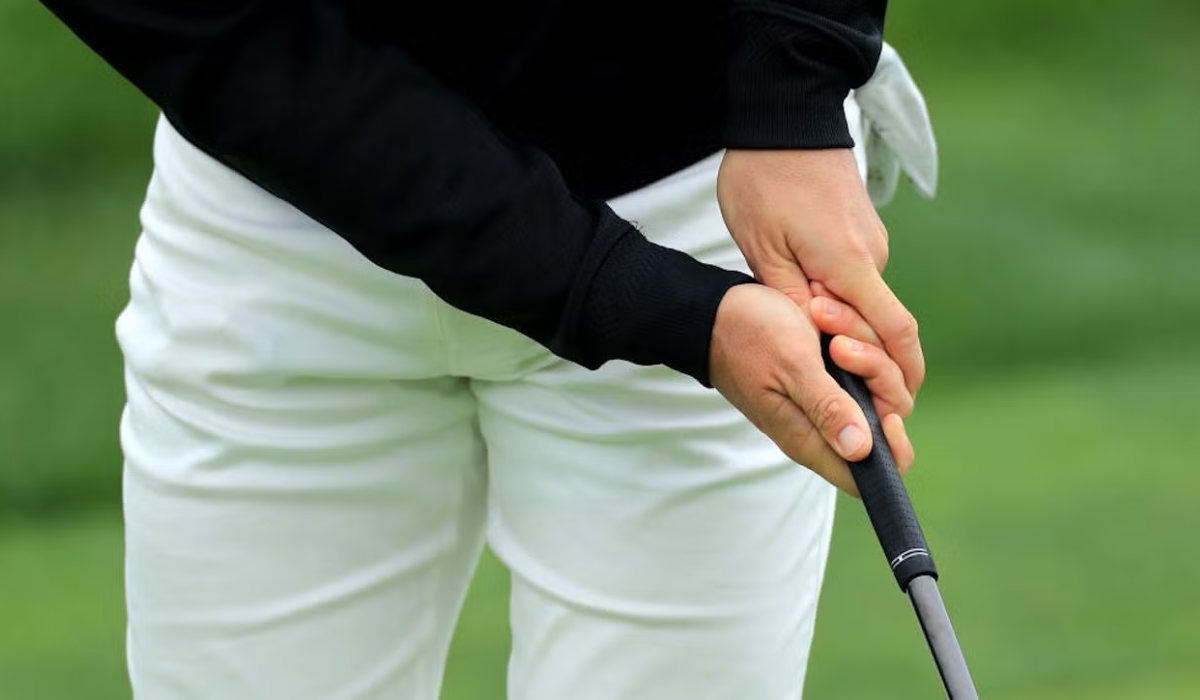
Selecting the ideal putter grip depends on several factors, including personal comfort, stroke mechanics, and the golfer’s tendency to manipulate the putter face. Players experiencing inconsistency may benefit from experimenting with different grips to find one that enhances their confidence and stroke stability. It’s also essential to consider the putter’s design — some grips complement certain putter types better than others.
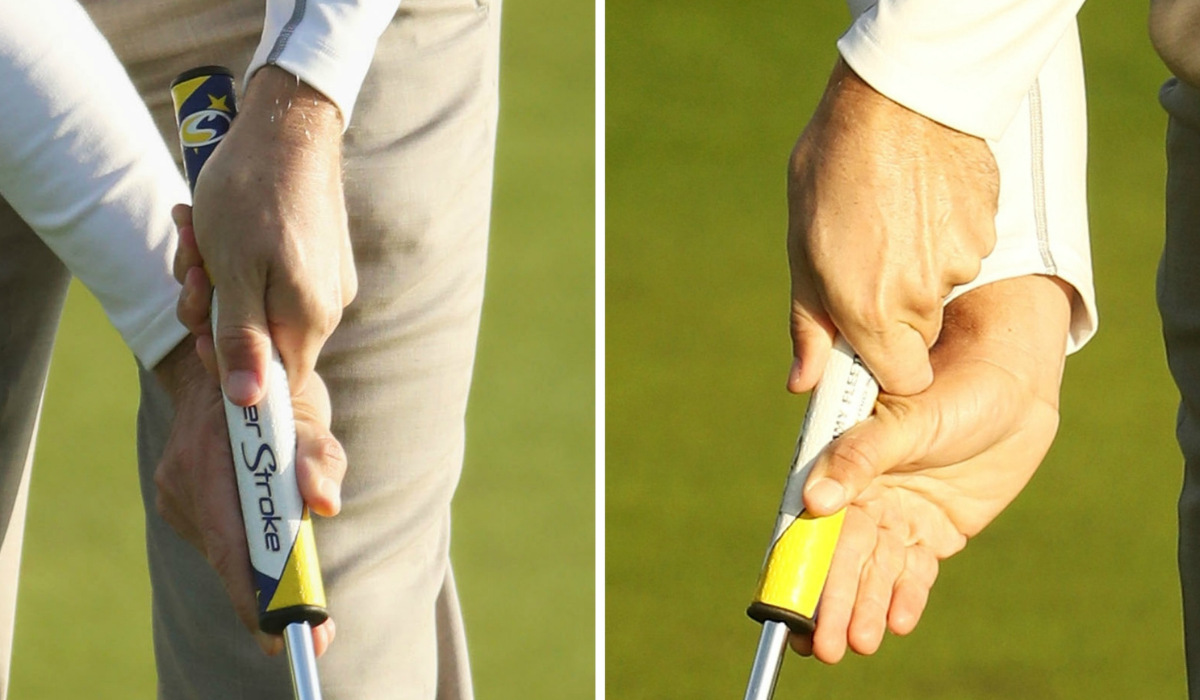
Beyond the physical advantages, a putter grip can have a profound psychological effect on a golfer’s confidence. Changing grips can provide a fresh perspective, helping players overcome mental blocks and rediscover their touch on the greens. Professional golfers often switch grips during slumps to reset their feel and restore confidence in their stroke.
The beauty of putting lies in its individuality — what works for one golfer may not work for another. Whether sticking with a conventional grip or exploring innovative techniques, golfers should prioritize comfort and consistency. Understanding the nuances of different putter grips empowers players to refine their stroke, conquer their nerves, and ultimately, sink more putts. As with any aspect of golf, experimentation and practice remain the keys to success on the greens.